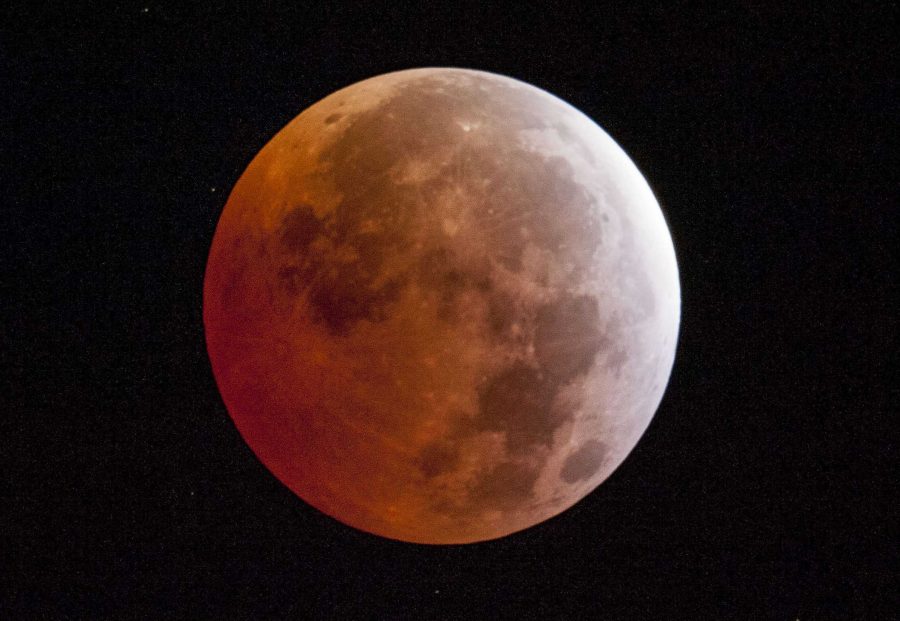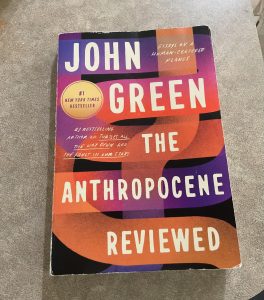Lunar eclipse creates ‘blood super moon’
Total lunar eclipse in Placerville, Calif., at 5:07 a.m. local time on Saturday, April 4, 2015. (Randall Benton/Sacramento Bee/TNS)
October 12, 2015
On Sept. 28, 2015, people living in the eastern half of the United States as well as citizens in South America, Europe, Western Asia and Africa could watch a very rare type of lunar eclipse taking place in the sky.
Freshman Lindsay Williams said, “It was really cool because you see the slowly fading and disappearing in the sky.”
Lunar eclipses occur when the Earth’s shadow blocks the light of the sun that is usually reflected off of the moon. There are three types: total, partial, and penumbral, the most dramatic being a total eclipse.
During a total lunar eclipse, the moon is totally covered by the Earth’s shadow and is completely unable to be seen for a period time. In a partial or penumbral eclipse, the moon will always remain slightly visible.
The eclipse that most recently took place was in fact, a total lunar eclipse. However, more factors contributed to the rarity and the significance of this particular eclipse. One influence was that the event took place during what is known as a supermoon.
A supermoon, also known by its scientific term of perigee-syzygy, occurs when the moon is either full or new, in this case new. It was at the closest point to Earth during its orbit, causing it to appear bigger and brighter than it normally does.
In addition, this eclipse was just one in a series of eclipses known as a tetrad.The event occurs when there are four successive lunar eclipses that take place with no partial lunar eclipses in between and are all separated by six full moons.
Some believe this rare phenomenon is more than just a beautiful sight. Some individuals believe that the event is the fulfillment of a biblical prophecy, as said in the book of Joel 2:31:
“The sun will be turned into darkness, and the moon turned into blood, before the great and terrible day of the Lord come.”
However, most do not believe this to be true, and scientists have an explanation for the “blood red” coloring of the moon.
The moon appears red because some light from the sun passes through Earth’s atmosphere and is bent toward the moon. While other colors in the spectrum are blocked and scattered by Earth’s atmosphere, red light tends to make it through easier.
After viewing the eclipse, students were in awe from the spectacular red supermoon.
Freshman Sarah Brownlee said, “The eclipse was the bomb because I really enjoy space and being able to watch this event was a really special opportunity.”
Whether you think of the blood moon eclipse as an astronomical abnormality, a biblical prophecy, or just a beautiful thing to see, it was a special event that many not happen again for many years.
X-X-X Christine Macke







